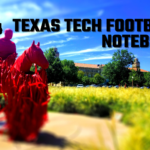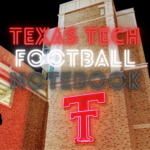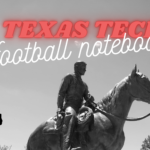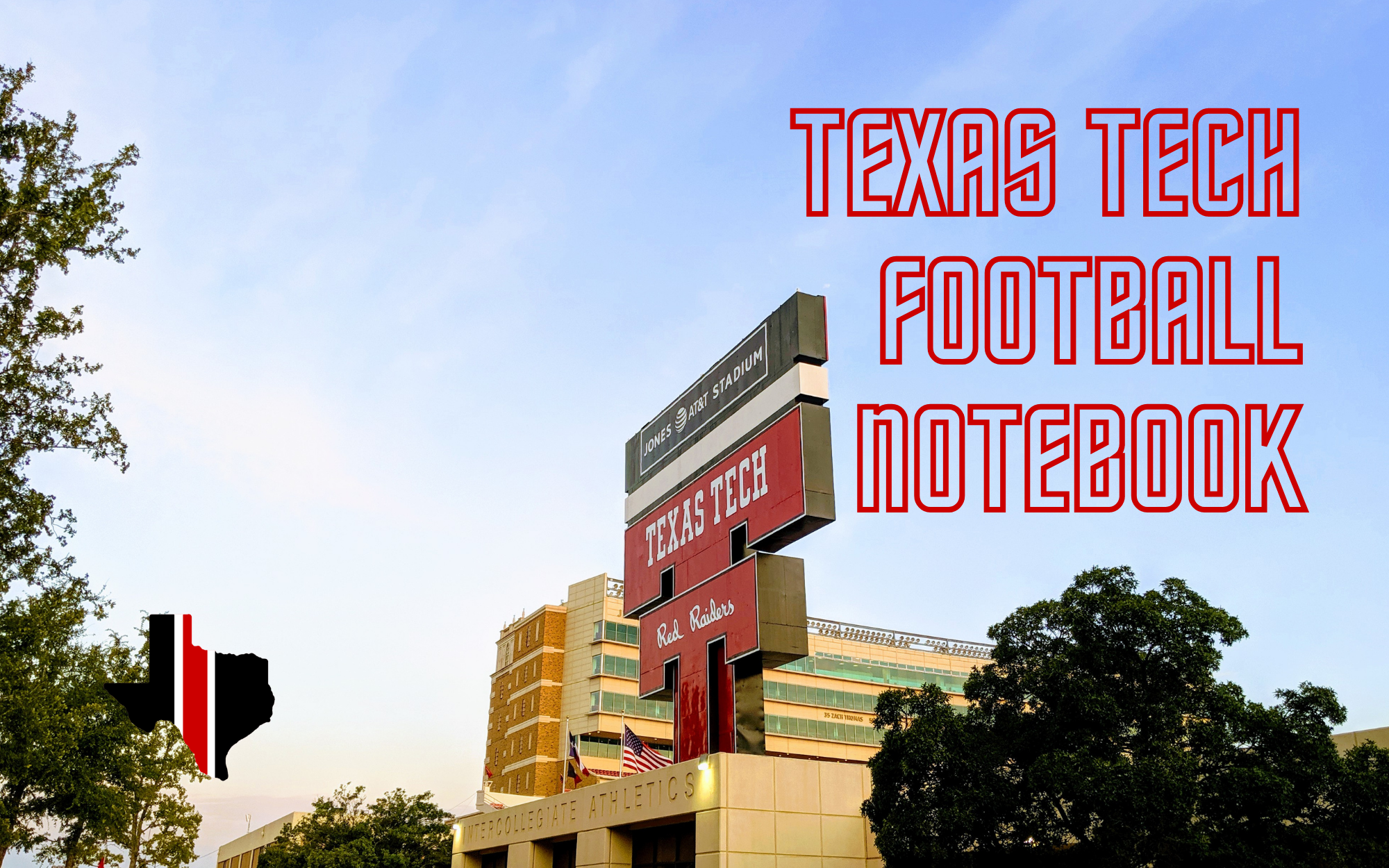From SI’s Ross Dellenger, an interesting look at how the Covid-19 vaccine will affect college football in the fall. The gist of the article stats that the vaccination rate for some teams is 10%, while others it is near 100%. Teams like Clemson, Charlotte, and Ole Miss are below 20%, while teams like Arizona and Notre Dame are 90%, the idea being that teams that are vaccinated can essentially return to normal, while teams that have low vaccination rates essentially have to do what they did last year, which is test, test, test, and quarantine if there is an outbreak.
As you all may or may not know, this affected lots of players last year, basically if a player tested positive then him and all of his roommates had to quarantine, which can put a real constraint on the depth chart because position groups tend to live together (not surprising because they spend a lot of time together).
In the SEC, if a team is 85% vaccinated, they are no longer required to wear masks at team facilities, a league spokesperson says. The conference is also exploring whether or not those teams can stop all regular testing.
“Will there be a competitive disadvantage for those at 10% vaccination? Yes, there will,” says Doug Aukerman, a longtime athletic physician and associate athletic director at Oregon State who chairs the Pac-12’s medical advisory board. “Players will get sick, contact tracing will knock out people, too.”
There will always be some segment of the population against vaccinations, says Tory Lindley, the president of the National Athletic Trainers’ Association. For instance, about 3–5% of college athletes decline the flu shot each year. Lindley hopes the number of those eschewing the COVID-19 vaccine eventually declines to such levels.
I’m wondering how coaches are handling this because removing the logistics of having to be worried about tests and quarantines seems like a job that a head coach doesn’t really want to do.
I realize that this delves into whether some choppy waters, but this about how athletic programs deal with vaccinated vs. unvaccinated players and if players choose to not get vaccinated, does that bump other players up the depth chart because you know they’re not going to miss any time? From a practicality standpoint, that makes sense.
![]()
24/7 Sports’ Kevin Flaherty looked at ESPN’s Football Power Index with the percentage that the team will reach bowl eligibility.
Kansas: 0.2%
Baylor: 45.3%
Kansas State: 48.3%
West Virginia: 76.1%
Texas Tech 88.0%
Texas 90.2%
TCU: 90.3%
Oklahoma State 95.9%
Iowa State: 99.9%
Oklahoma: 100%
I am quite surprised by the 88.0% chance for Texas Tech, but the relatively veteran group seems to be an important metric for FPI:
ESPN’s FPI appears to buy into Texas Tech’s returning players, as well as the transfers that the Red Raiders have added to try and plug any holes. And if Tyler Shough can meet expectations after transferring in at quarterback from Oregon, he’ll have plenty of talent to play catch with. The biggest question here will be how everything comes together. The transfers represent a number of moving pieces, and it appears Texas Tech isn’t done tapping into the transfer market just yet. The pessimistic view is that even if everything meshes, it could take time. The optimistic view would point out that the transfers represent a talent upgrade for Texas Tech, and if everything does mesh, the Red Raiders could take a significant step forward.









